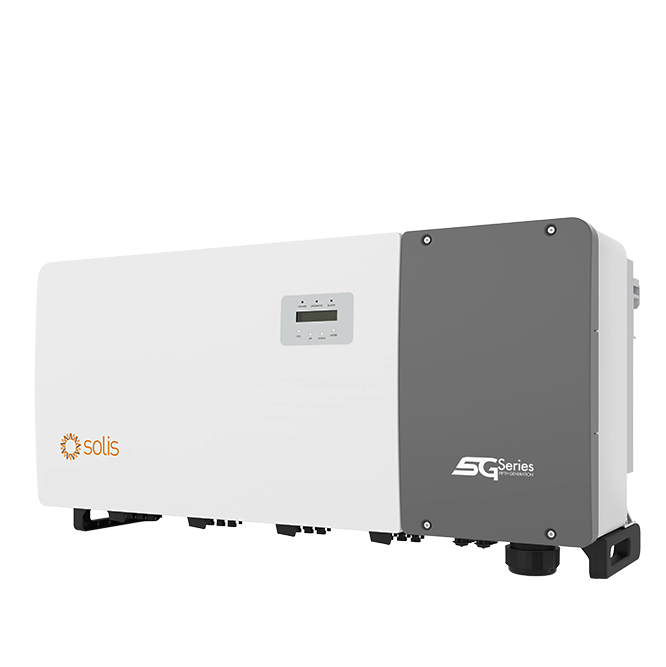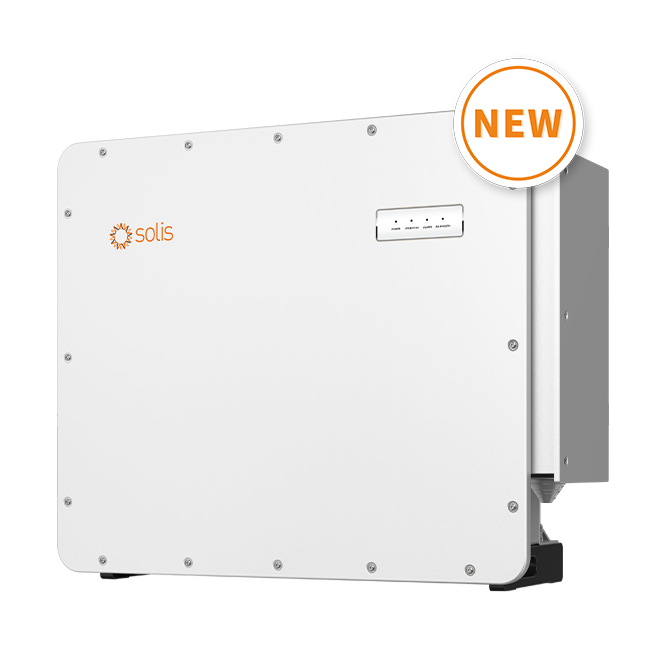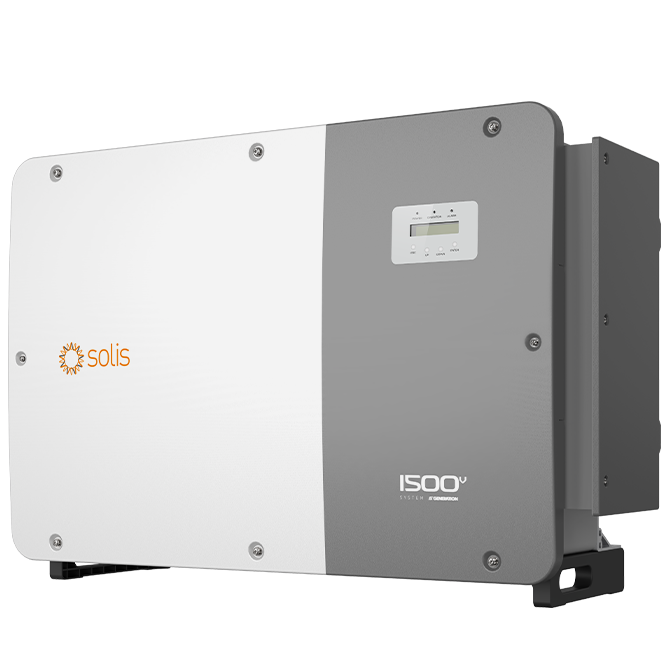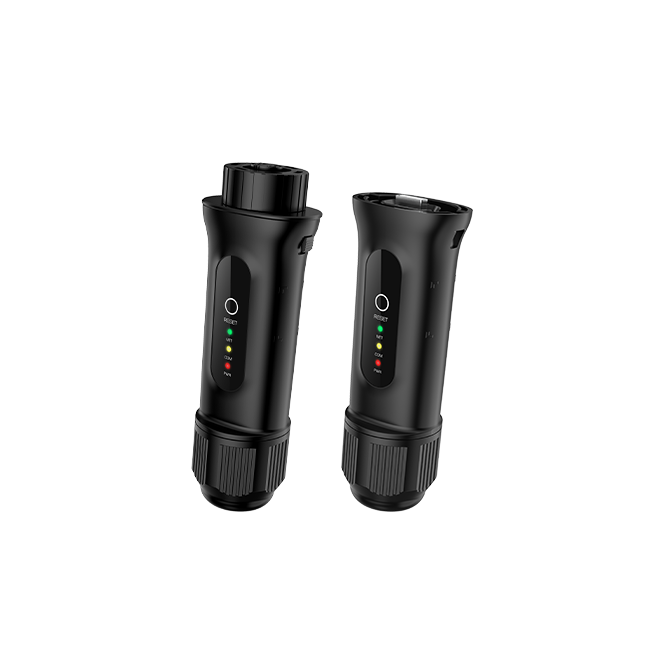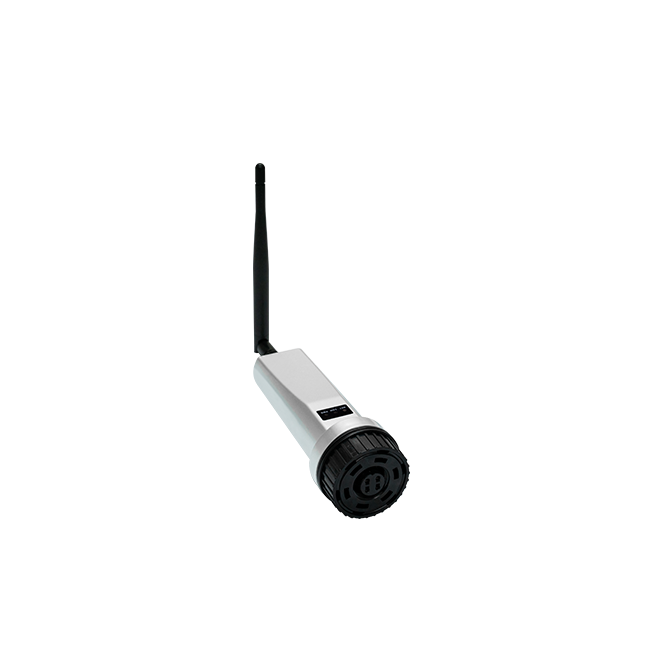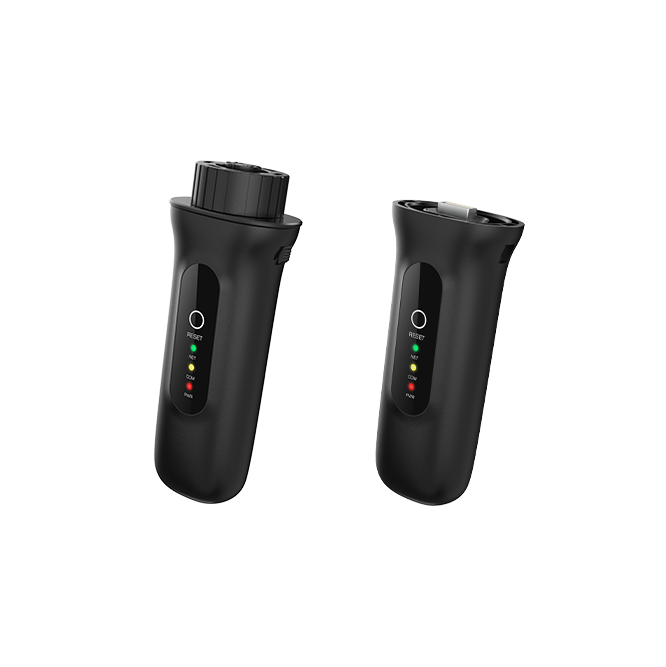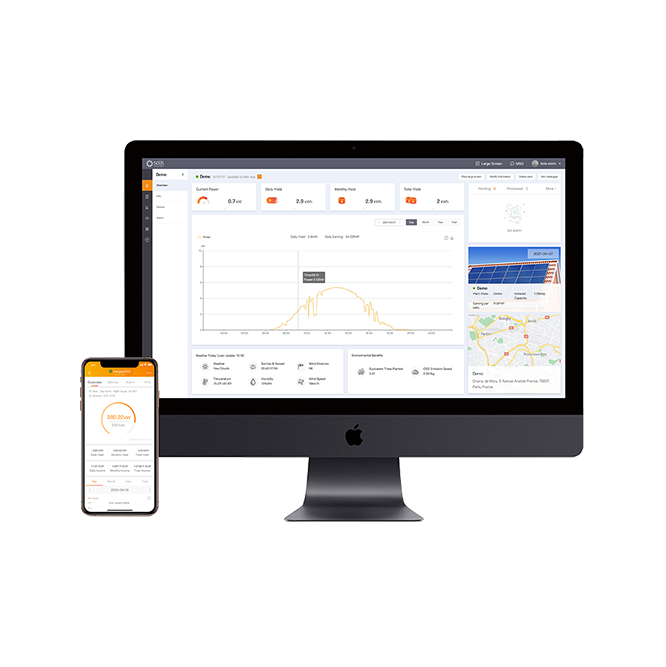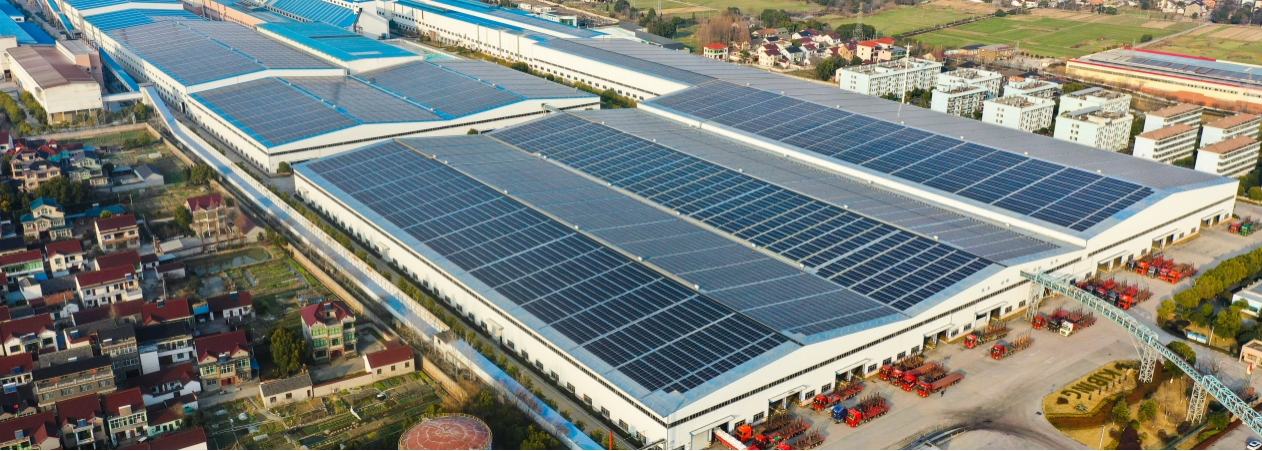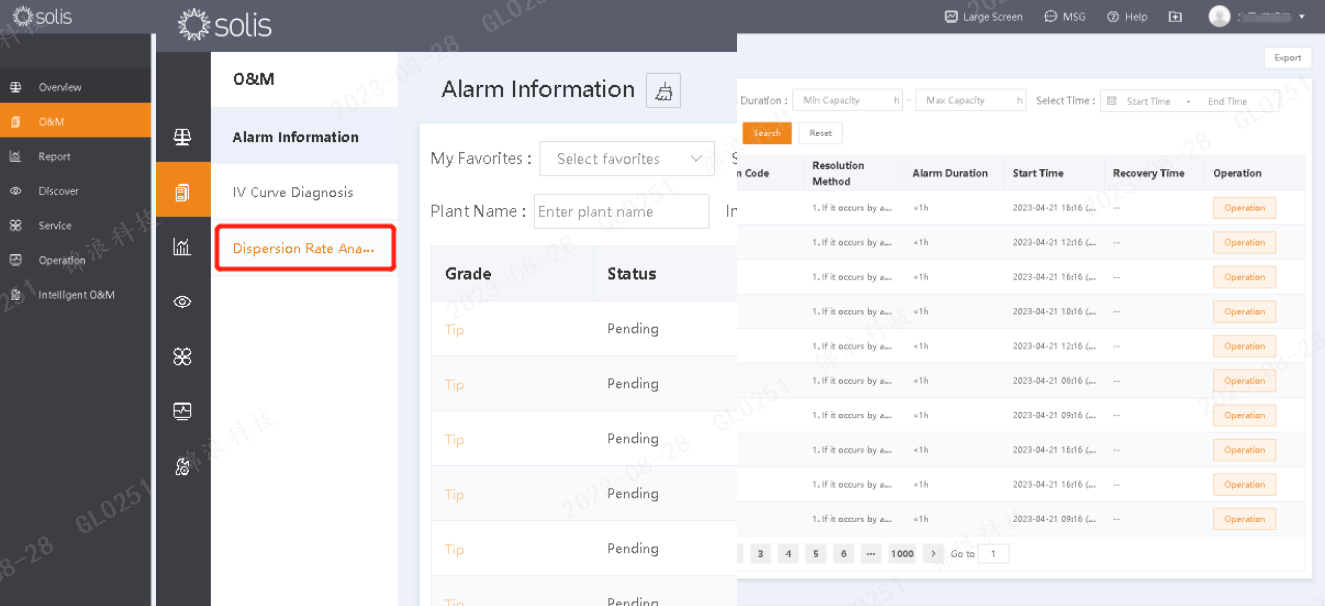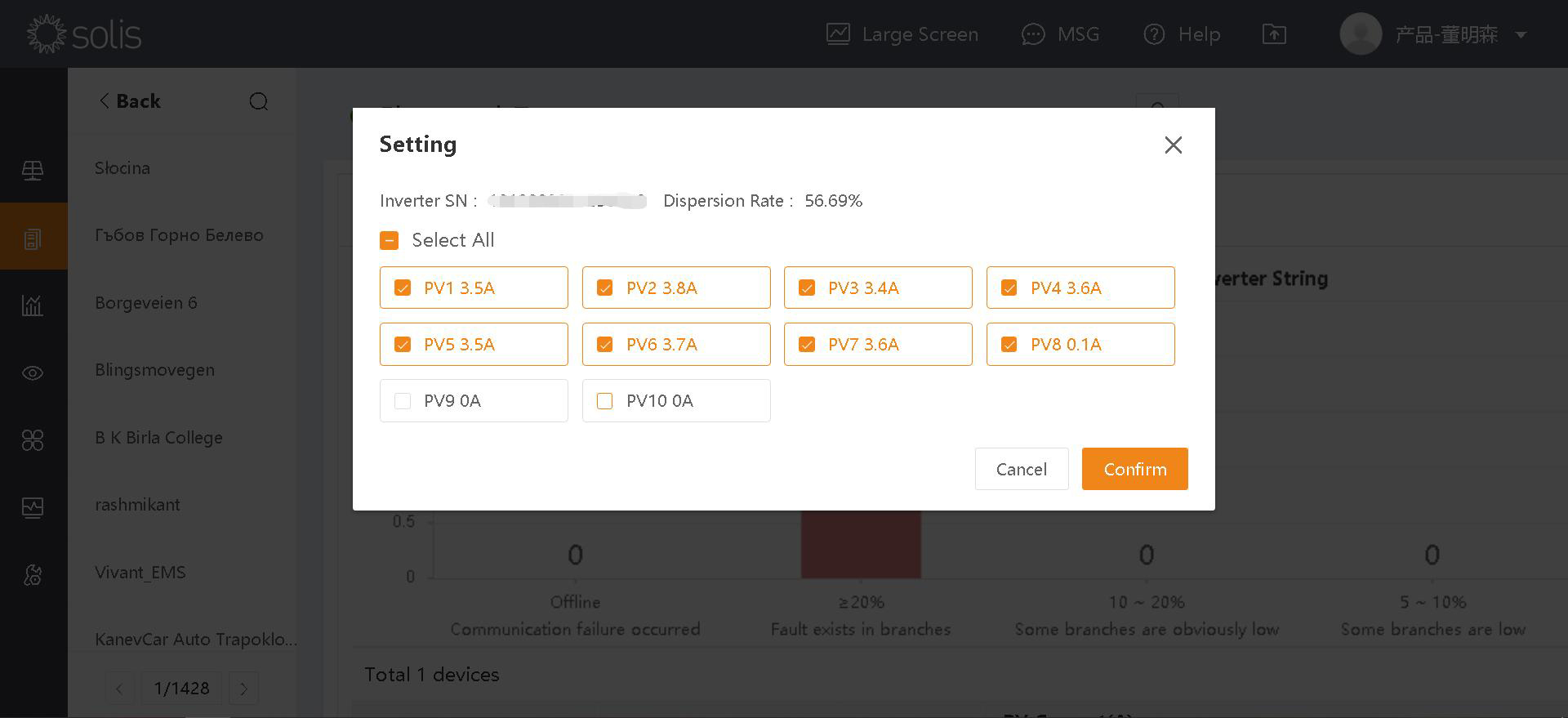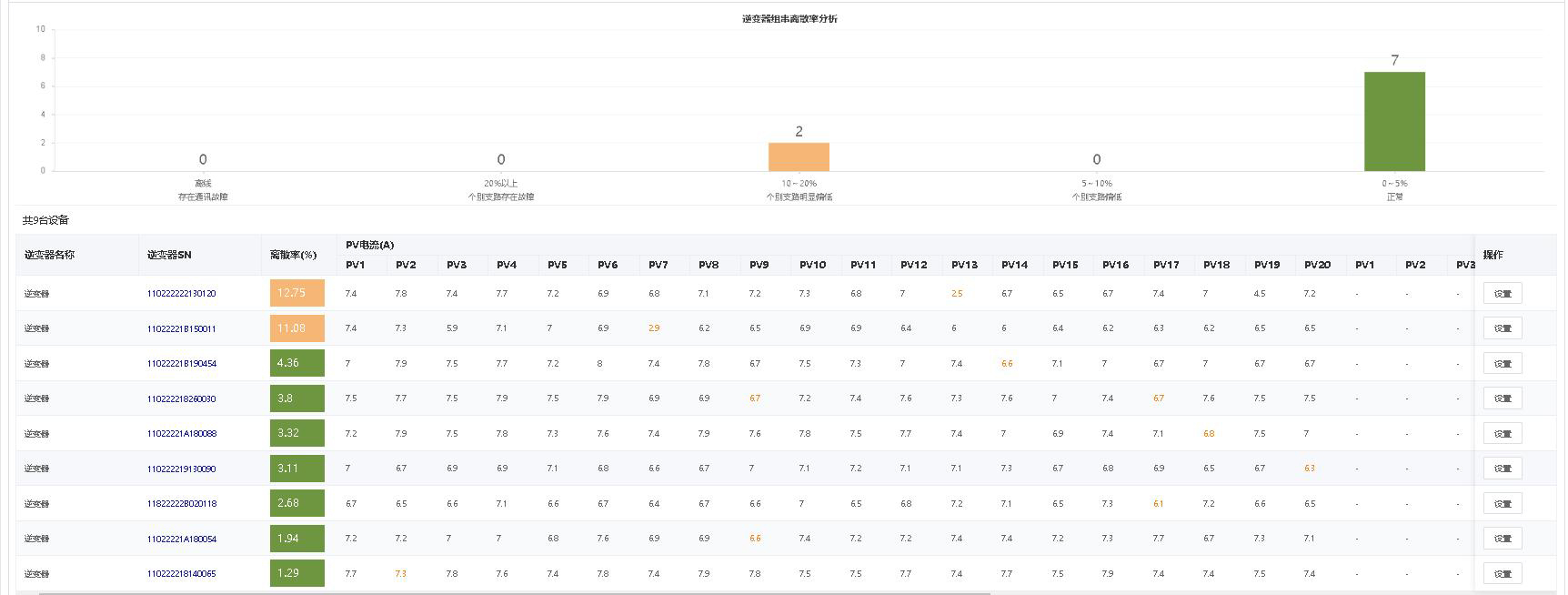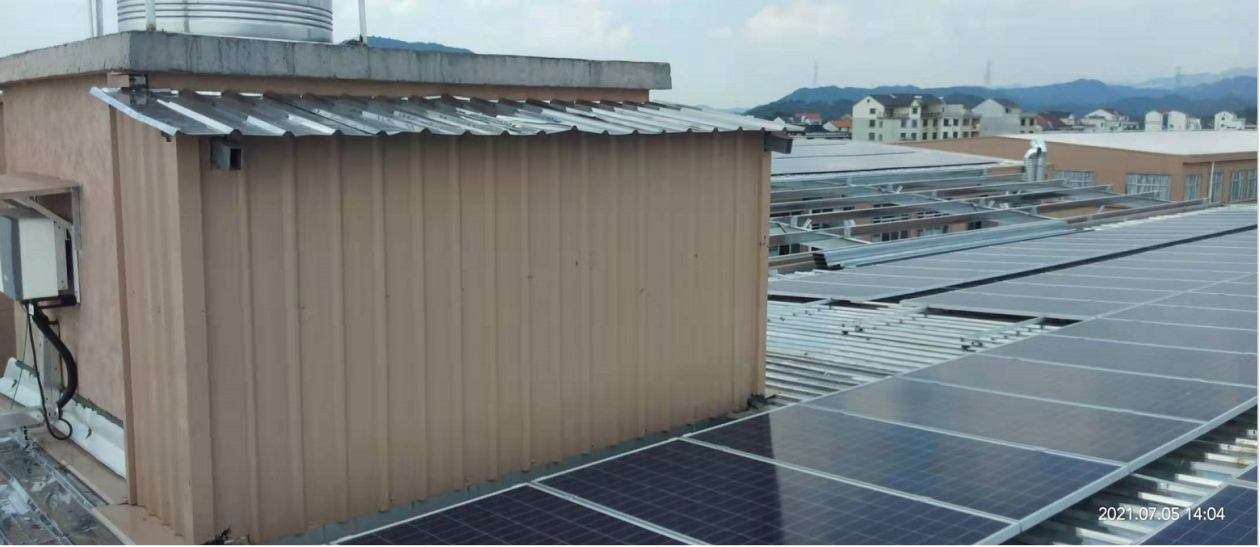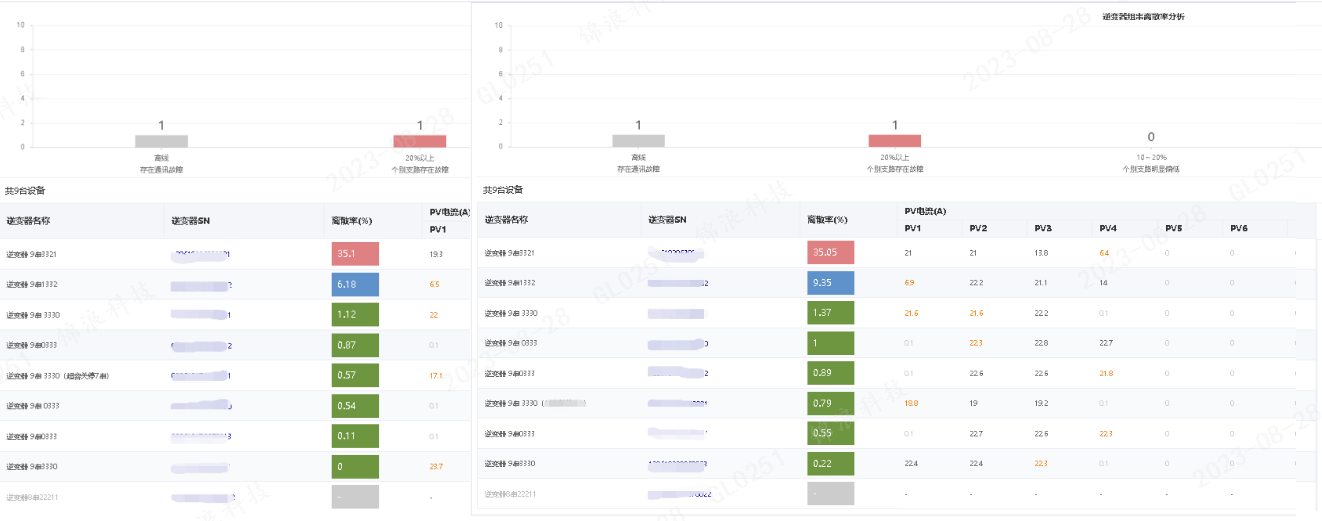
-
PV инвертор
-
 S6-EO1P(4-5)K-48-EU
S6-EO1P(4-5)K-48-EU
-
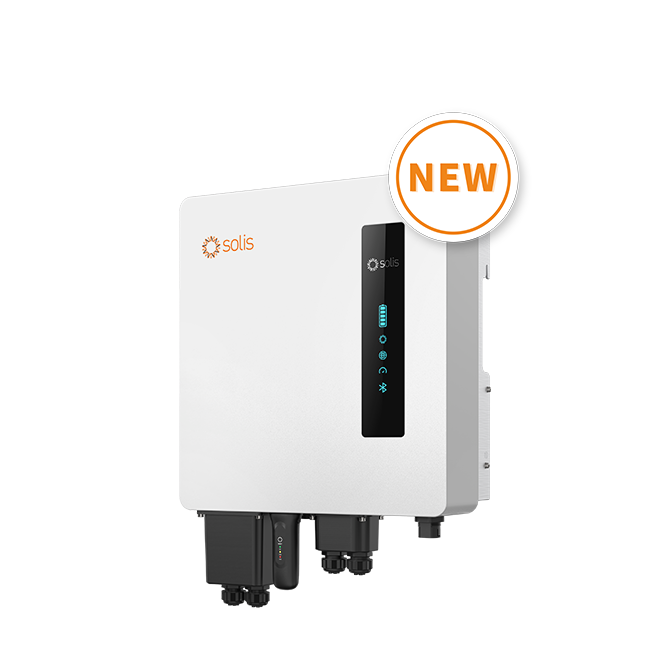 S6-EA1P(3.6-6)K-L
S6-EA1P(3.6-6)K-L
-
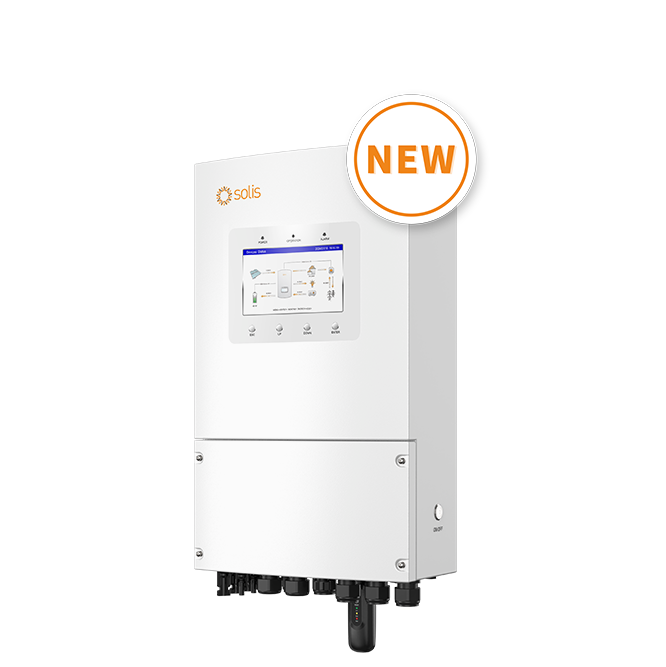 S6-EH1P(3-8)K-L-PLUS
S6-EH1P(3-8)K-L-PLUS
-
 S6-EH3P(5-10)K-H-EU
S6-EH3P(5-10)K-H-EU
-
 S6-EH3P(5-10)K2-H
S6-EH3P(5-10)K2-H
-
 S6-EH3P(8-15)K02-NV-YD-L
S6-EH3P(8-15)K02-NV-YD-L
-
 S6-EH1P(12-16)K03-NV-YD-L
S6-EH1P(12-16)K03-NV-YD-L
-
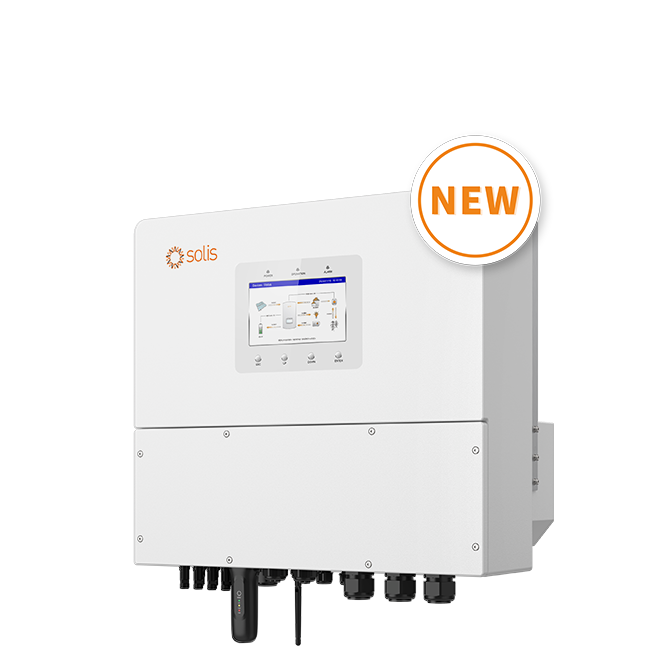 S6-EH3P(12-20)K-H
S6-EH3P(12-20)K-H
-
 S6-EH3P(30-50)K-H
S6-EH3P(30-50)K-H
-
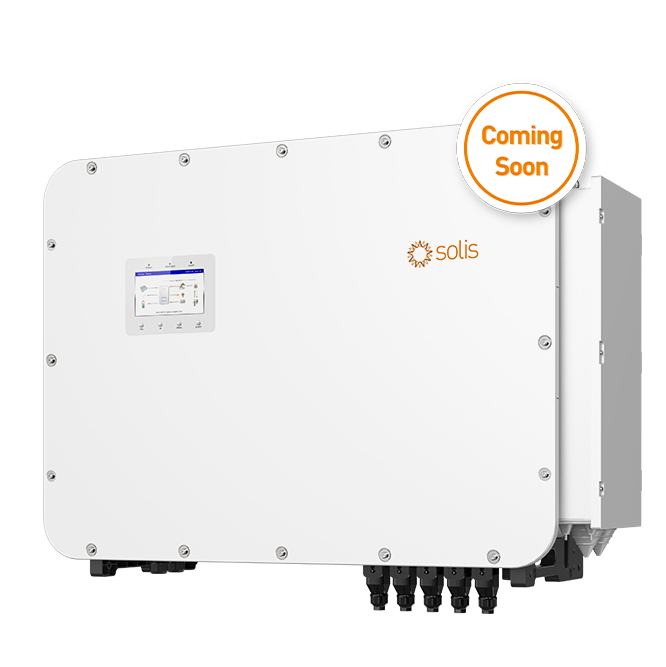 S6-EH3P(80-100)K10-NV-YD-H
S6-EH3P(80-100)K10-NV-YD-H
-
- Решение
- Обслужване и поддръжка
- проучване на предприятието
- За нас
- Свържете се с нас
Select Your Region
- Asia/Pacific
-
 中国
中国
-
 India
India
-
 Việt nam
Việt nam
-
 Australia
Australia
-
 대한민국
대한민국
-
 پاکستان
پاکستان
-
 ประเทศไทย
ประเทศไทย
-
Filipino
-
 Malaysia
Malaysia
-
 Bangladesh
Bangladesh
-
 Sri Lanka
Sri Lanka
-
 Indonesia
Indonesia
-
 Узбекистан
Узбекистан
- Europe
-
 Ireland
Ireland
-
 Türkiye
Türkiye
-
 United Kingdom
United Kingdom
-
 France
France
-
 Deutschland
Deutschland
-
 Nederland
Nederland
-
 España
España
-
 Česká republika
Česká republika
-
 Sverige
Sverige
-
 Polska
Polska
-
 Україна
Україна
-
 Italia
Italia
-
 Português
Português
-
 България
България
-
 Magyarország
Magyarország
-
 Lietuva
Lietuva
-
 Ελλάδα
Ελλάδα
- North America
-
 United States
United States
-
 Canada
Canada
-
 México
México
- South America
-
 Brasil
Brasil
-
 República de Chile
República de Chile
- Middle East and Africa
-
 South Africa
South Africa
-
 المملكة العربية السعودية
المملكة العربية السعودية
-
 الجمهورية اللبنانية
الجمهورية اللبنانية
-
 امارات عربية متحدة
امارات عربية متحدة
-
 اليمن
اليمن
-
 المملكة الأردنّيّة الهاشميّة
المملكة الأردنّيّة الهاشميّة
-
 جمهورية مصر العربية
جمهورية مصر العربية
-
 la République Tunisienne
la République Tunisienne
-
 Kenya
Kenya
-
 Tanzania
Tanzania
-
 Nigeria
Nigeria
- Other Countries and Regions
-
 Other Countries and Regions
Other Countries and Regions






